China Scientists develop silicon-based solar cells that are only 50 micrometers thick but still have good energy conversion efficiency.
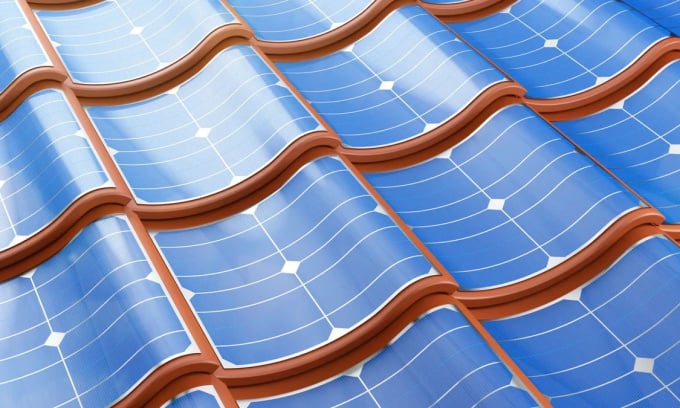
Flexible solar cell simulation. Photo: laremenko/iStock
A research team led by experts at Jiangsu University of Science and Technology (JUST) has developed a silicon-based solar cell thinner than an A4 sheet of paper, Interesting Engineering reported on February 13. Researchers from Curtin University in Australia and Chinese company LONGi Green Energy Technology also contributed to the new research.
Silicon-based solar cells are becoming increasingly popular. However, their use is often limited to places like ground-based solar farms with flat, rigid panels. Other places, such as outer space, require curved surfaces and more expensive technology must be used instead.
Solar cells made from crystalline silicon have a “sandwich” structure, in which the semiconductor wafer, or middle layer, contributes most of the thickness of the panel. In the new study, the team created silicon panels that are just 50 micrometers thick, thinner than a sheet of A4 paper. Although they cannot be folded like paper, silicon panels can be rolled up, making them useful for satellites and other space applications.
There is another benefit to making silicon batteries thinner: they require less material to manufacture, which reduces weight and the cost of deployment.
However, thin-film solar cells also have the disadvantage of reduced power conversion efficiency (PCE). This is also the main reason why thin-film silicon cells have not yet become popular. In previous attempts, scientists have created flexible silicon cells with a thickness of less than 150 micrometers with a maximum PCE of 24.7%.
The PCE of thinner panels would need to be maintained around this level for the battery to operate efficiently. In the new study, the team successfully increased the PCE to over 26% for all panels they created with thicknesses ranging from 50 to 130 micrometers.
Because silicon solar cells can be bent at will, the team believes they could be used in a variety of devices, including drones, balloons, and even wearable smart devices. They are currently focused on developing highly portable, flexible solar panels that can be rolled up like a roll of film.
Thu Thao (According to Interesting Engineering )
Source link




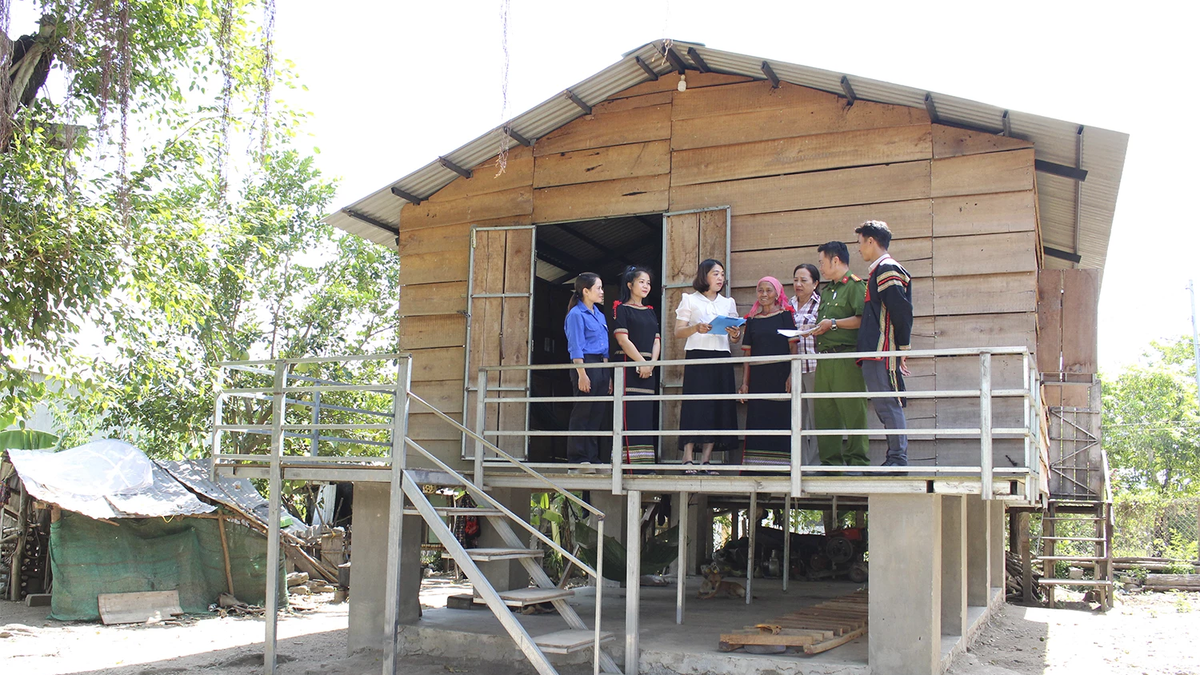

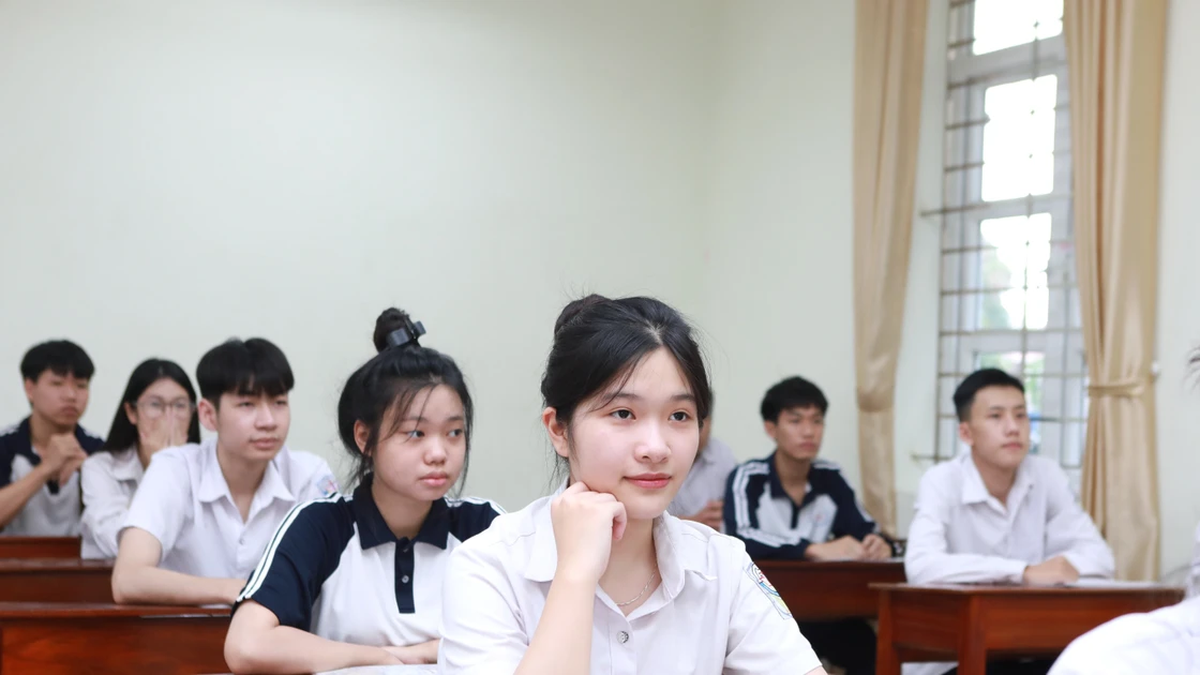



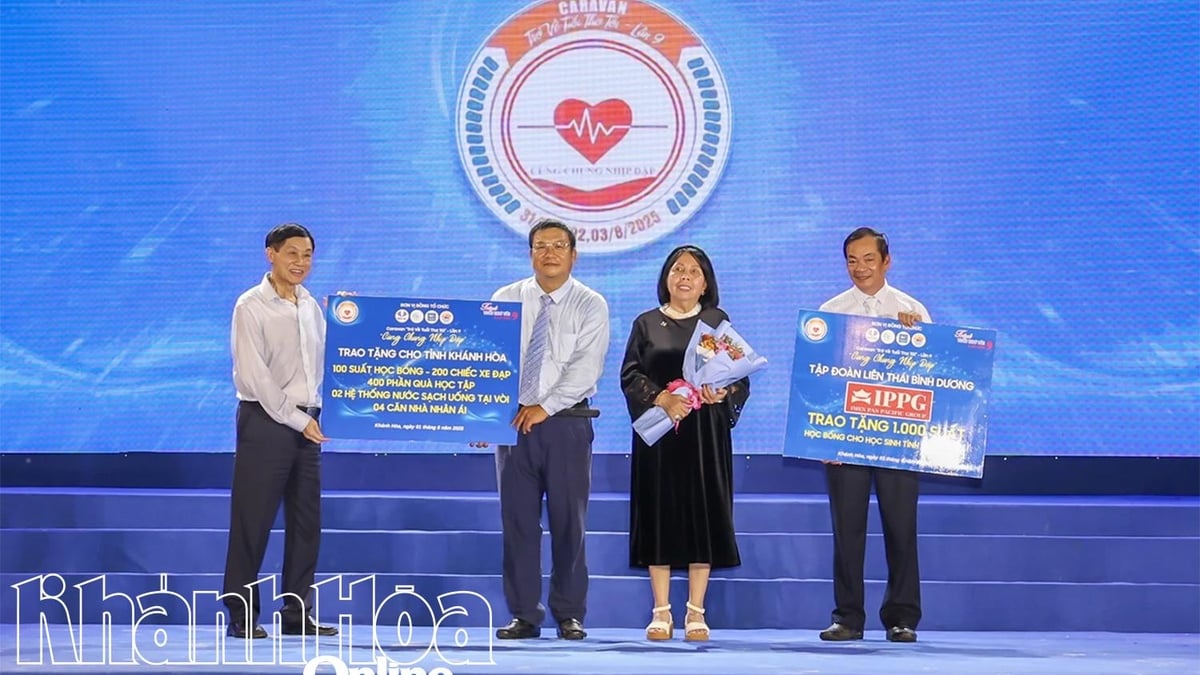























































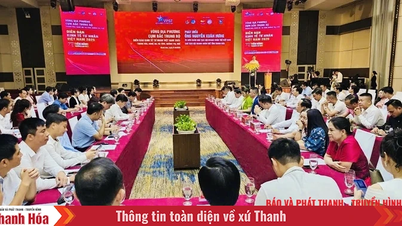

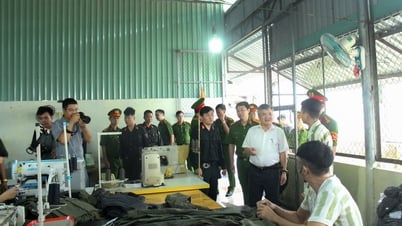


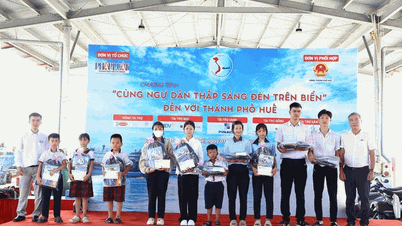































Comment (0)